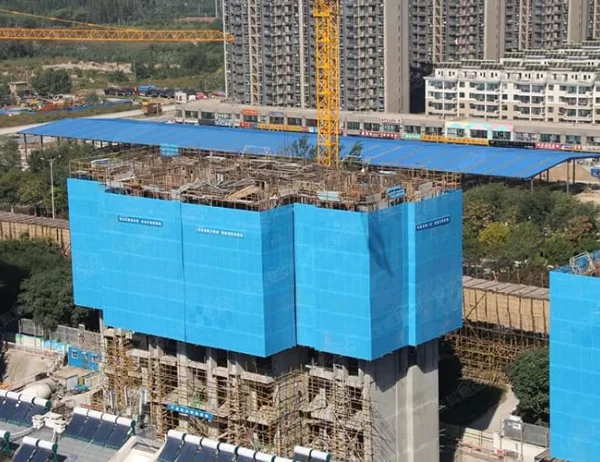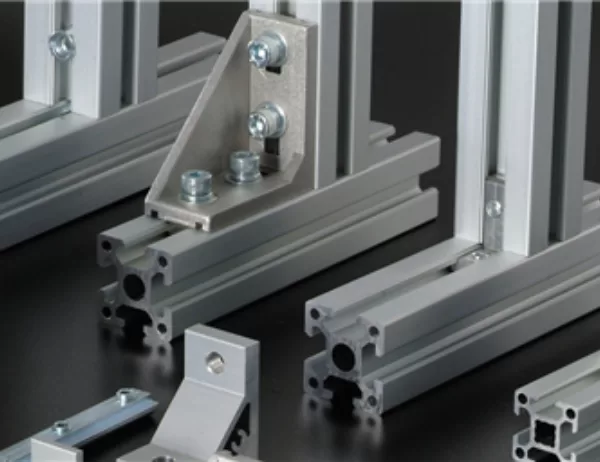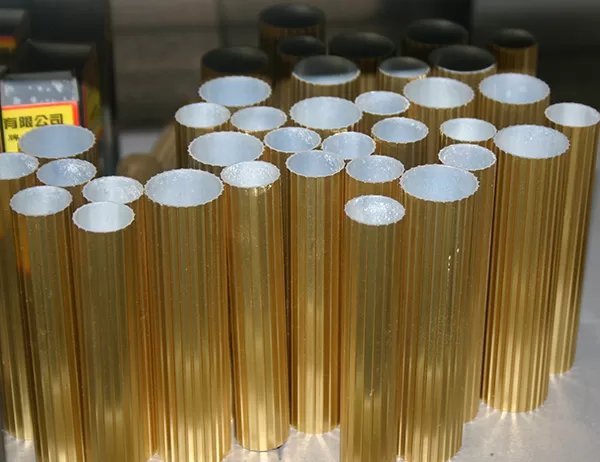Introduction
Aluminum track profiles, ubiquitous in industries ranging from construction to manufacturing, are poised to revolutionize our world. With advancements in materials science, manufacturing techniques, and design optimization, these versatile profiles are transforming industries and shaping the future.
Enhanced Durability and Strength
Advanced alloys and hardening processes enhance the durability of aluminum track profiles, making them resistant to corrosion, wear, and impact. This translates into longer service life, reduced maintenance costs, and improved safety in demanding applications.
Innovative Geometries and Functionality
Custom-engineered geometries allow for unique shapes and profiles, enabling tailored solutions for specific applications. Integrated channels, ribs, and grooves provide increased functionality, such as cable management, heat dissipation, and structural reinforcement.
Lightweight and Sustainable
Aluminum’s high strength-to-weight ratio makes it ideal for applications where weight reduction is crucial. Its recyclability and low carbon footprint contribute to a more sustainable and environmentally conscious future.
Seamless Integration and Customization
Improved manufacturing techniques facilitate seamless integration with other building components and systems. Customizable profiles allow for tailored solutions, addressing specific design requirements and aesthetic preferences.
Emergent Trends
Additive Manufacturing: 3D printing enables the rapid prototyping and production of complex track profiles, unlocking new possibilities for innovation and customization.
Smart Profiles: Embedded sensors and connectivity allow for real-time monitoring, fault detection, and predictive maintenance, enhancing safety and optimizing performance.
The future of aluminum track profiles is bright, driven by advancements in materials, manufacturing, and design. Their enhanced durability, innovative geometries, lightweight construction, and sustainable attributes position them as a transformative force across industries. As research and development continue, we can expect even more remarkable innovations, shaping the built environment and beyond.




